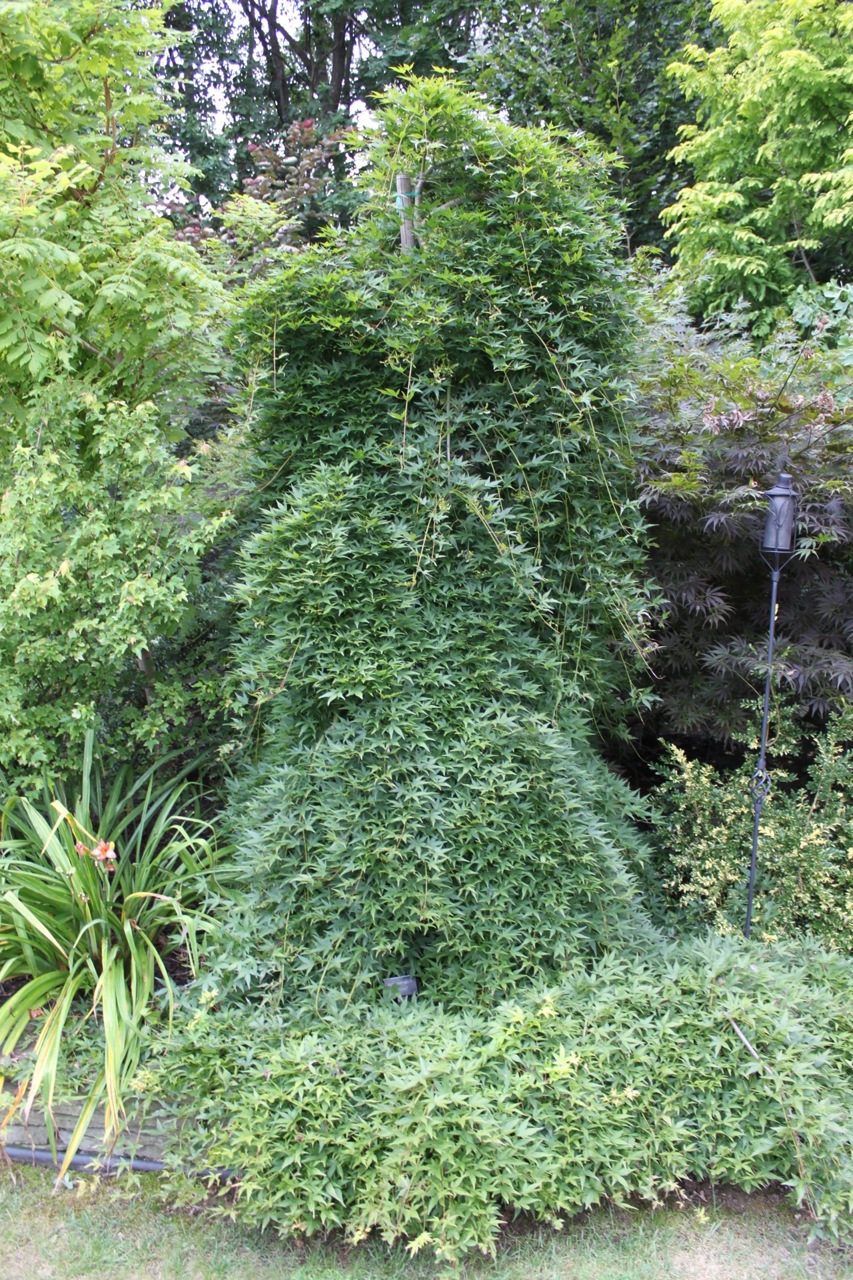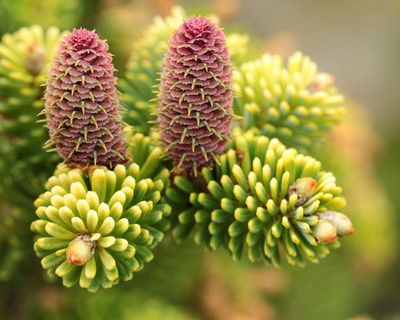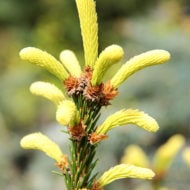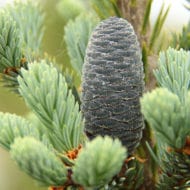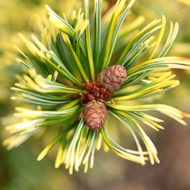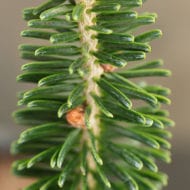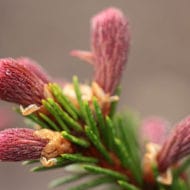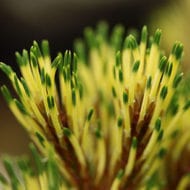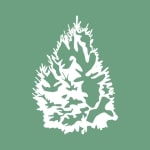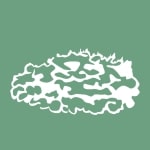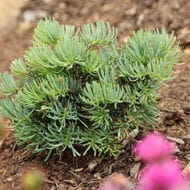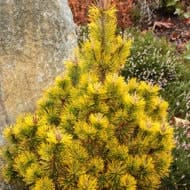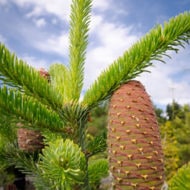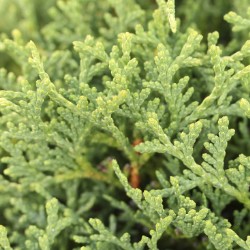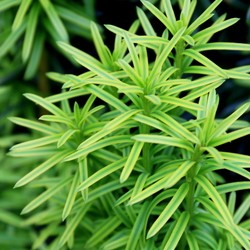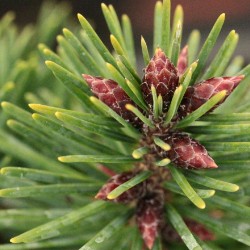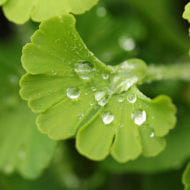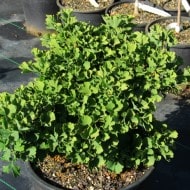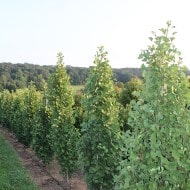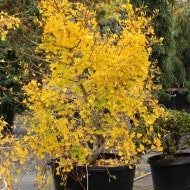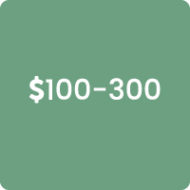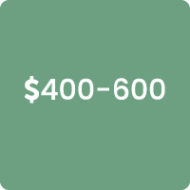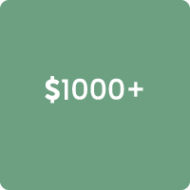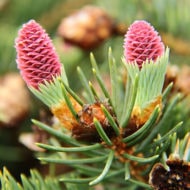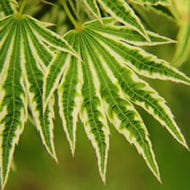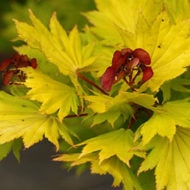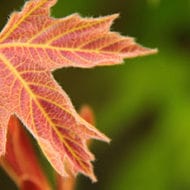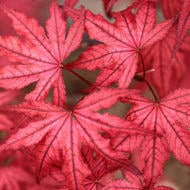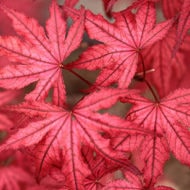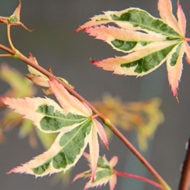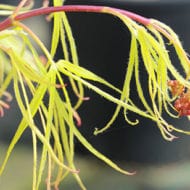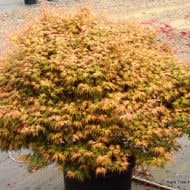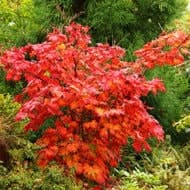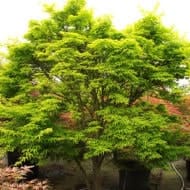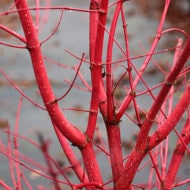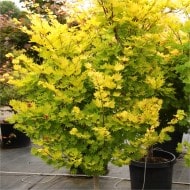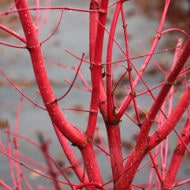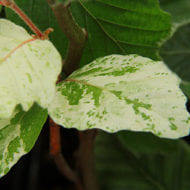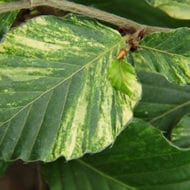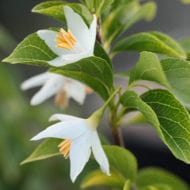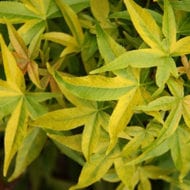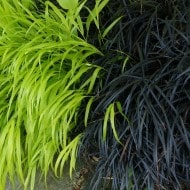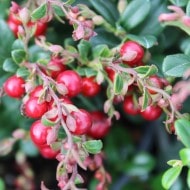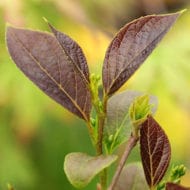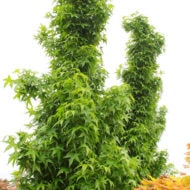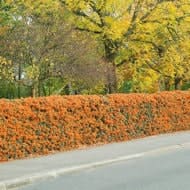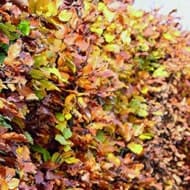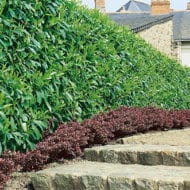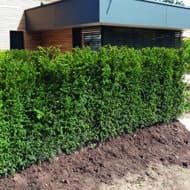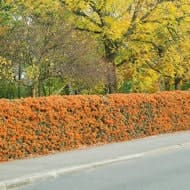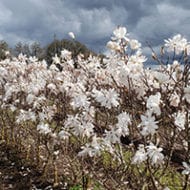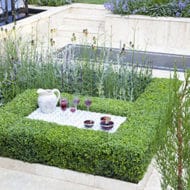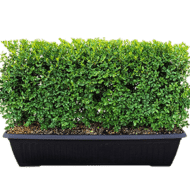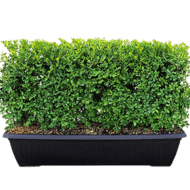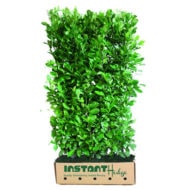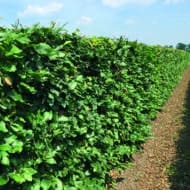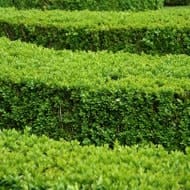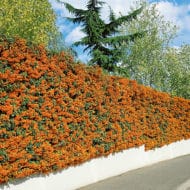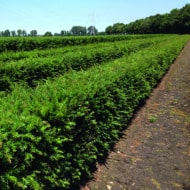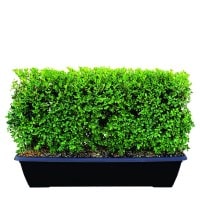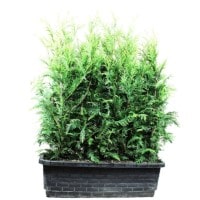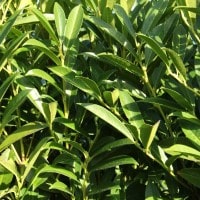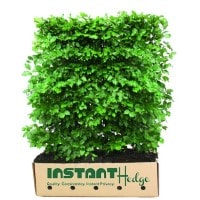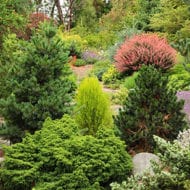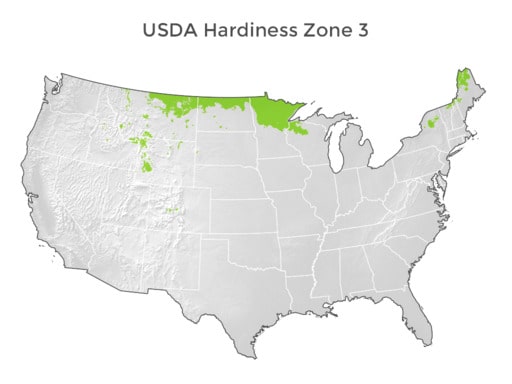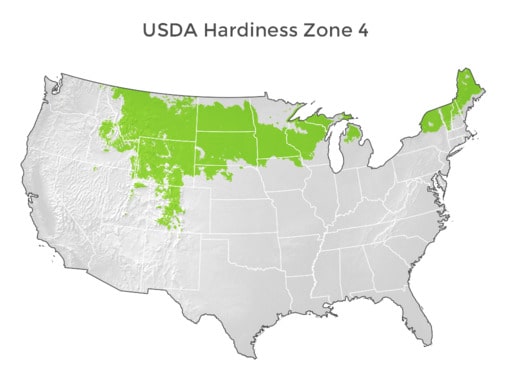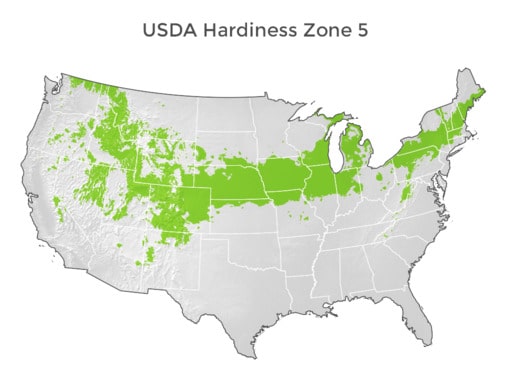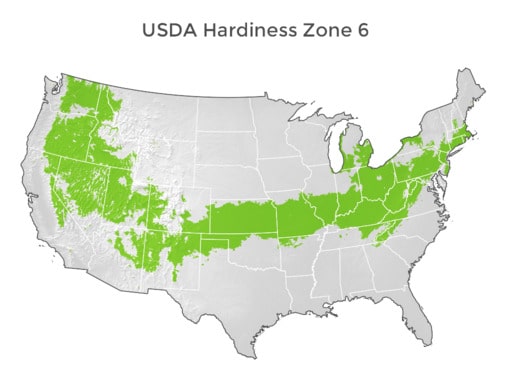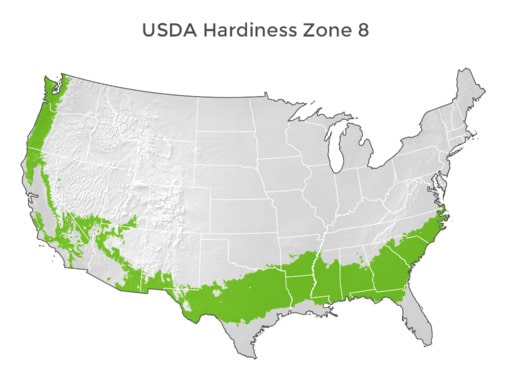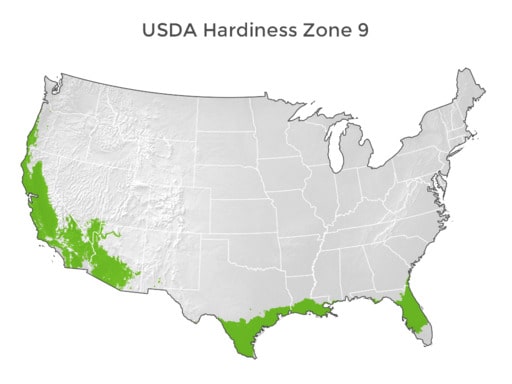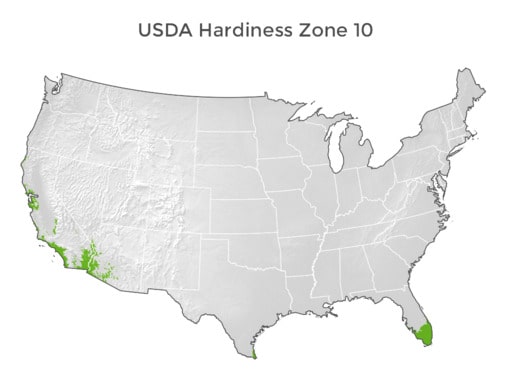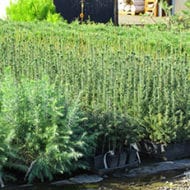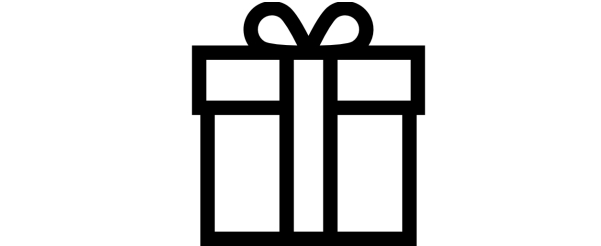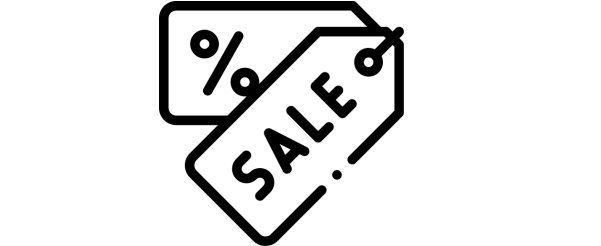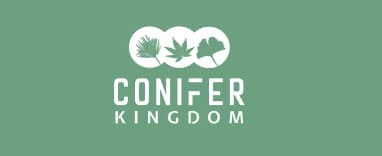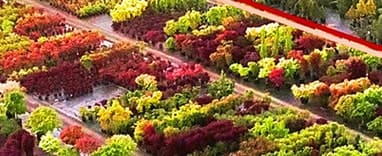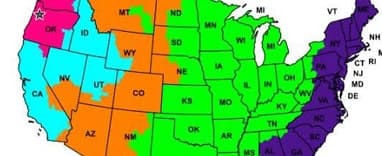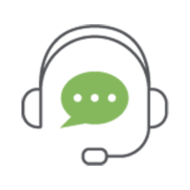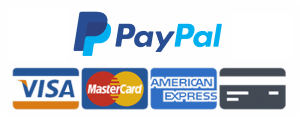Laceleaf Japanese maples are unique trees that delight us with their various colors and leaf shapes. These deciduous trees display an elegant weeping mound shape that requires little maintenance. Laceleaf maples prefer full to part sun, moderate soil moisture, good drainage, and most are hardy to USDA Zones 5-9. When they are too hot or exposed to too much direct afternoon sun, their delicate leaves can burn.
They are great in the landscape for color contrast and texture and also when used in bonsai for their decorative foliage and branch structure. Because of their popularity over the years, there are more than 2,000 varieties of Japanese maples available, a portion of them are Laceleaf and/or Weeping Japanese Maples.
Laceleaf and Weeping Japanese Maple Varieties
Laceleaf and weeping Japanese maple varieties can come from the following species: Acer palmatum, Acer japonicum, Acer shirawanum, Acer buergerianum, and Acer sieboldiaum, with the dominant majority belonging to the Acer palmatum group. Acer palmatum was originally named by Swedish botanist Carl Peter Thunberg. “Acer” is the botanical term for maple, and “palmatum” is the descriptive species name for the palmate, or hand-like shape of the leaves. Not all laceleaf maples are weeping, and not all weeping maples are laceleaf. There are upright forms with laceleaf leaves – the most popular of which is Acer palmatum ‘Seiryu’ – a form with bright green leaves, but a distinctly upright vase-shaped canopy and incredible fall color. Then there are quite a few weeping forms of maples which have palmate leaves. The most popular weeping form with broad palmate leaves is Acer palmatum ‘Ryusei’ – which looks like a cascading waterfall of green star-like foliage.
Laceleafs change colors throughout the seasons, some more than others. While the red or burgundy forms are the most popular and can be seen in landscapes throughout the world, there are so many other colors of laceleaf Japanese maples. The Green varieties – historically the oldest varieties have some of the most spectacular fall colors. New cultivars have brought an even greater display of colors, with some varieties having dazzling, spring, summer, or fall colors and many multicolored varieties as well. I will go into them in more detail below.
Green Laceleafs – Amazing Fall Color
This is known as the first green-leafed laceleaf maple. Its green leaves burn in the hot sun or develop streaks of orange hues. In fall, this tree is illuminated with rich golden and yellow colors. ‘Viridis’ competes with ‘Waterfall’ and ‘Otto’s Dissectum’ with climate tolerance and fall color presentation.
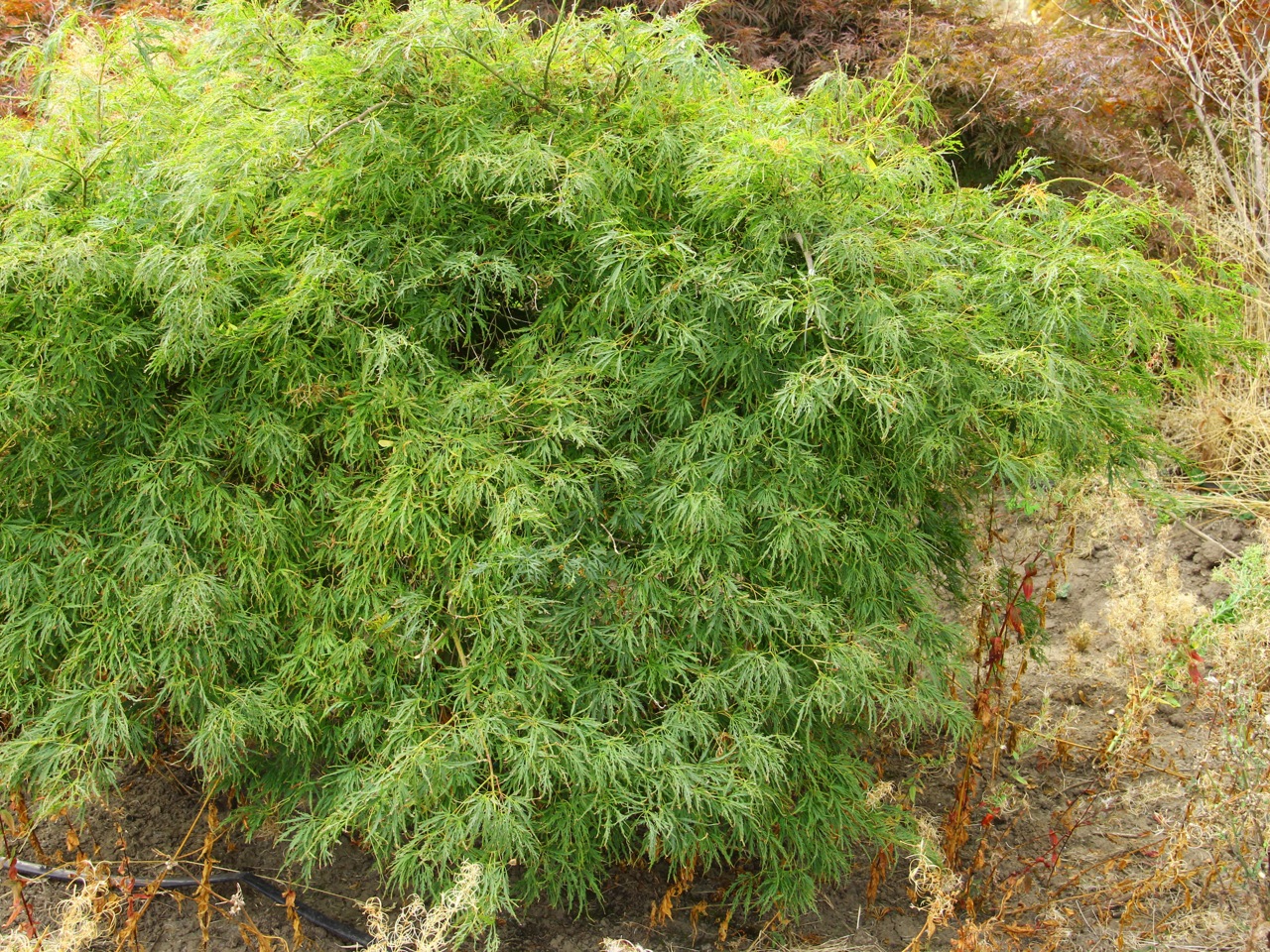
This is a beautiful cultivar with long flowing locks of dissected green leaves on pendulous branches that mimic a waterfall. In comparison to ‘Viridis,’ ‘Waterfall’ is more resistant to sunburn and maintains its green color better. Its fall show puts on stunning golden foliage with hues of orange and red.

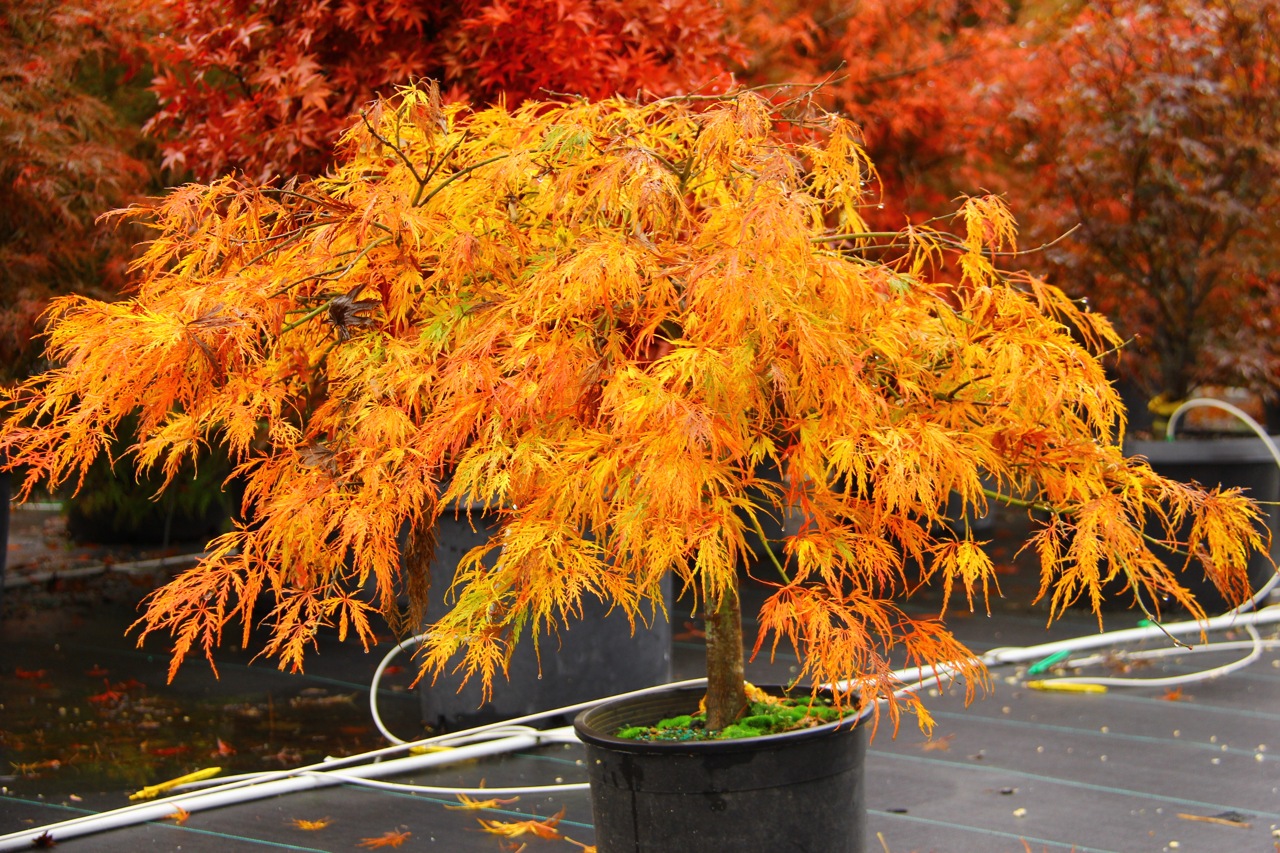
Acer japonicum ‘Green Cascade’
’Green Cascade’ is a graceful horizontal to cascading, green Full Moon maple. It presents showy burgundy flowers in the spring, contrasting with its dissected green leaves. The foliage turns yellow and red in the fall. Often situated next to a waterfall or in a Japanese Garden, this is a tree for somebody looking to create a special Japanese Garden or complement a uniquely peaceful section of their garden. Fall color is almost unrivaled.
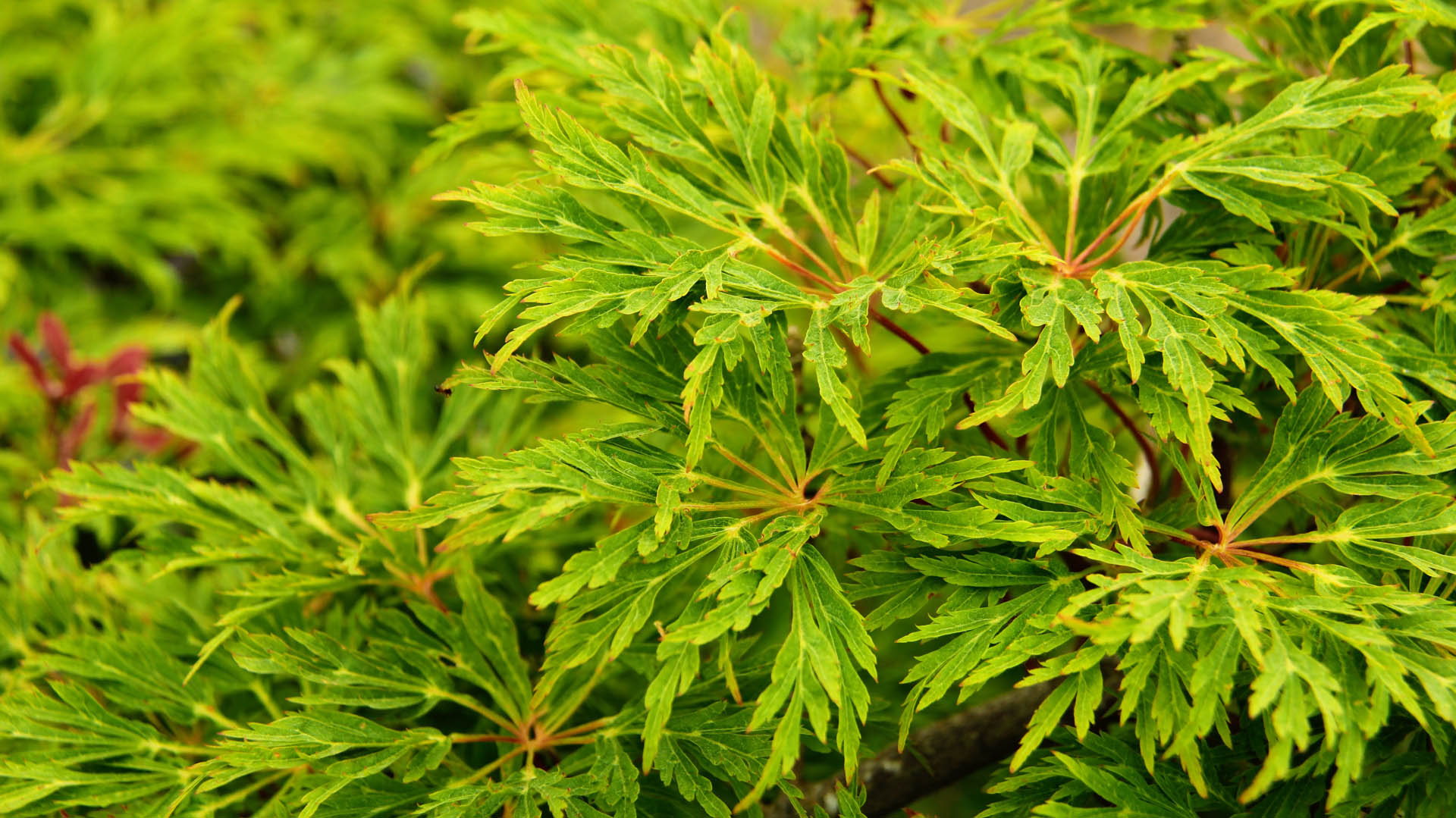

Acer shirasawanum ‘Green Snowflake’
This weeping Full Moon maple has small, sharply dissected snowflake-like green leaves which turn yellow and orange in the fall. It shares characteristics of both palmatum and shirasawanum maples between its leaf shape and red flowers.
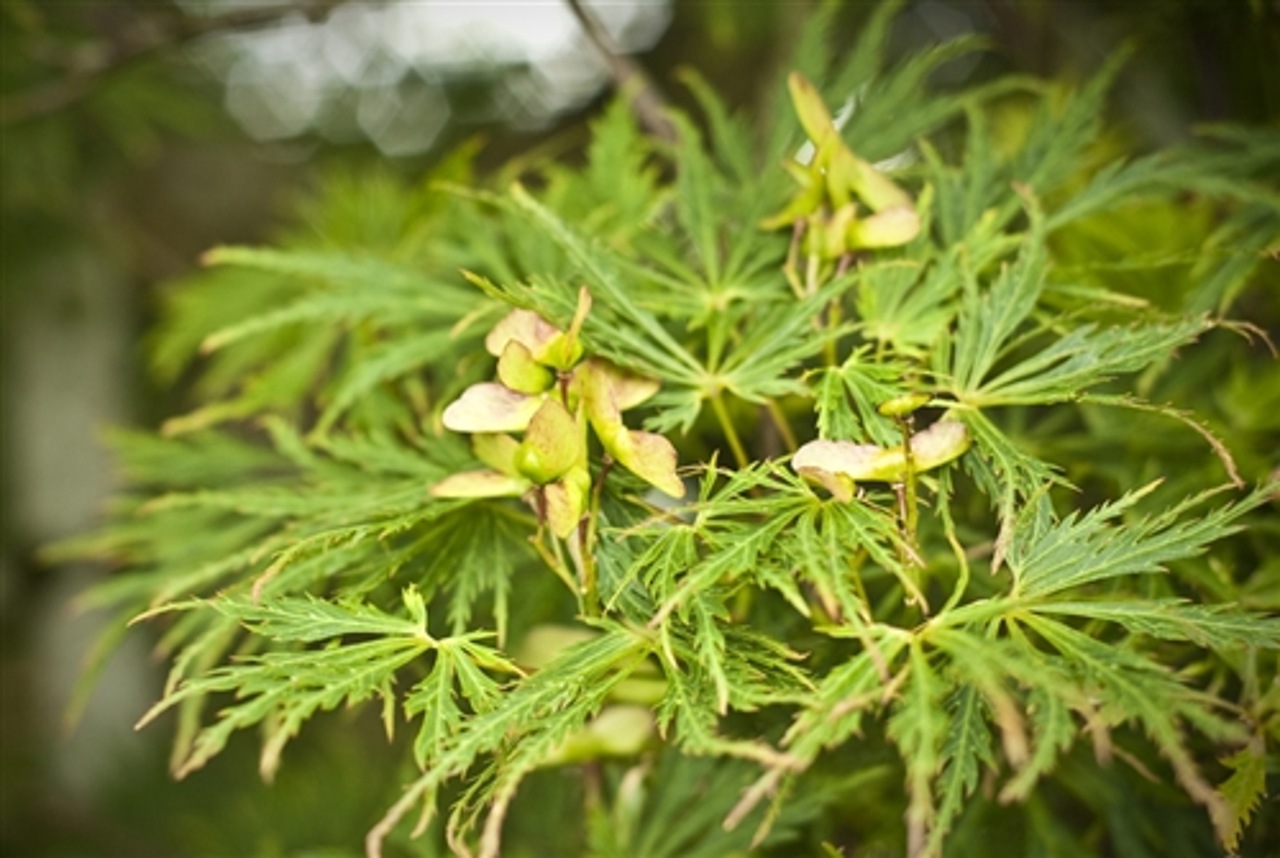
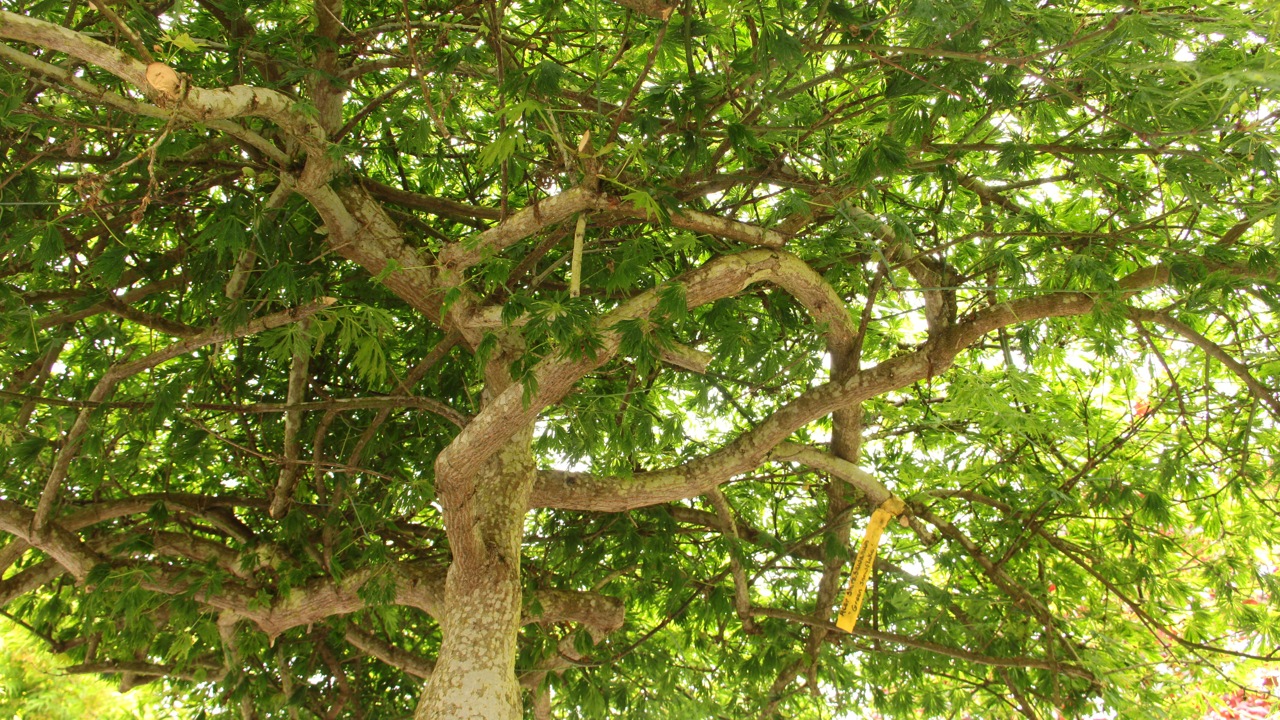
Red Laceleafs
This prized laceleaf has purplish-red leaves that become denser in color throughout the summer. It is highly desired among other darkly colored maples for its ability to keep its color and not turn bronze in the summer. In fall, the leaves turn crimson to match the striking red leaf stalks.

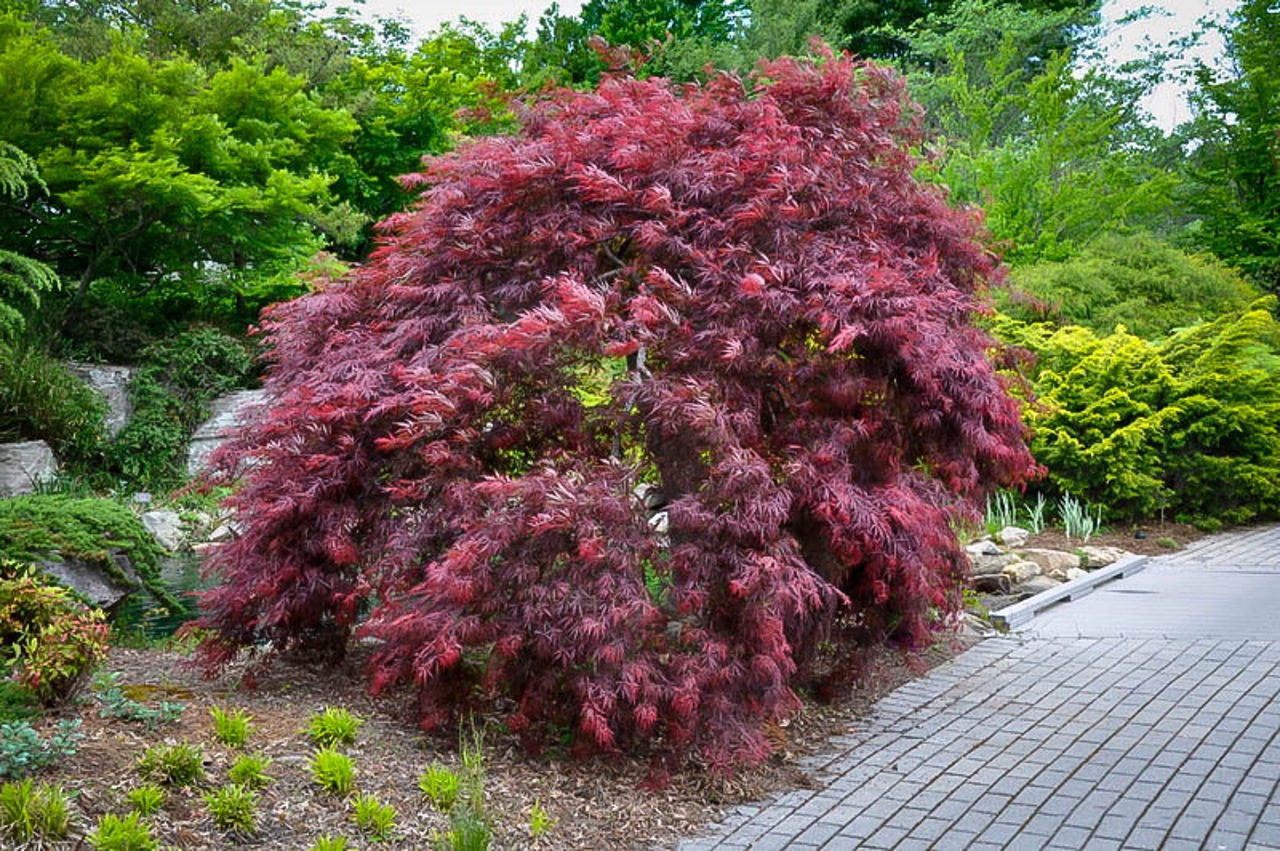
‘Red Dragon’ is the best laceleaf maple to keep its deep purplish-red color regardless of sun exposure. The new foliage emerges red in color and then darkens to a purplish-red tone. The branching forms a compact, cascading mound, and the fall color is a bright, fiery red.


Acer palmatum ‘Red Filigree Lace’
The finest of the red laceleaf, and one of the most delicately-branched forms is Red Filigree Lace. This variety has leaves which almost look like a spider web they’re so thin. Growing at about one-quarter the rate of traditional laceleaf varieties, it typically will not outgrow its space in the landscape. Burgundy color retention is particularly great on this variety, which is bright red/burgundy well into the summer and early fall, brightening in fall to fiery red before the leaves ultimately drop off.

Sharing most of the characteristics of ‘Red Filigree Lace’, but with a faster and more dense growth habit, Red Feathers is considered by most as an improvement over Red Filigree Lace. For very small gardens and those looking for the most delicate appearance, though, Red Filigree Lace might be the winner. Why should you have to choose, though? Why not try both?
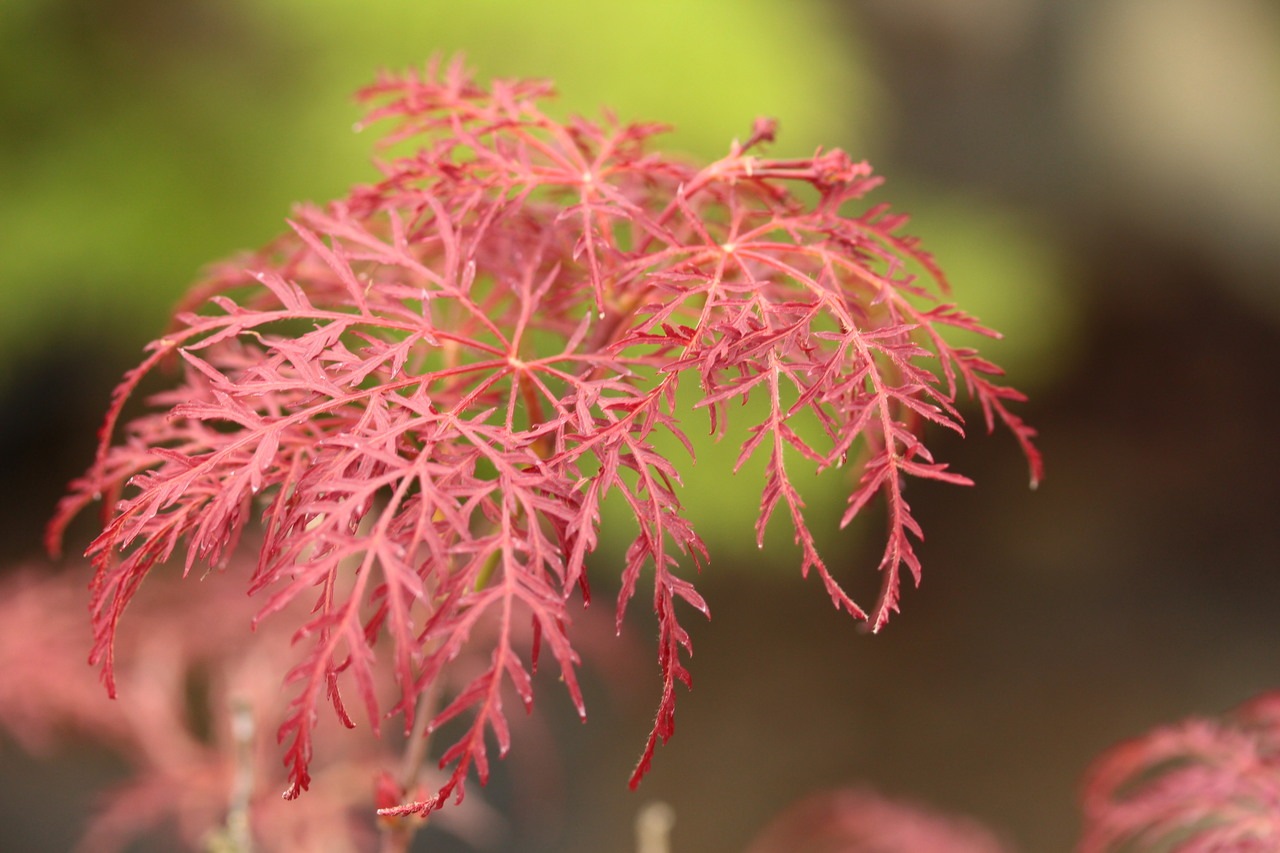
Acer palmatum var. dissectum ‘Atropurpurea’ or ‘Atropurpureum’
This is a catch-all name that is not typically used in the trade. Often when a grower would plant seeds from laceleaf varieties, the seedlings that emerged would have unique characteristics. As a seedling, a plant is not an exact copy of its parent, so cannot be labeled the variety that the parent is. Most of these are purplish-red laceleaf maples with poor color retention into the summer. They typically turn bronze-green and as all Japanese Maples do, have nice fall color.
Acer palmatum ‘Crimson Queen’
The Queen of dissected maples, this crimson-colored weeping tree is one that holds up well under full sun conditions and retains its color. It is a small maple that has palmate leaves with 7-9 lobes that emerge red in the spring, become purplish-red in summer, and then turn crimson in the fall. Although it is a majestic old cultivar, it is susceptible to shot hole borer, aphids, Armillaria, root-rot, and Verticillium wilt.

Bicolor Varieties
These leaves are lobed more than some of the other laceleafs. They present a light bronze-green color with some yellow variegation. In the fall, they turn yellow and orange. Dr. Brown grows slowly into its mound shape.
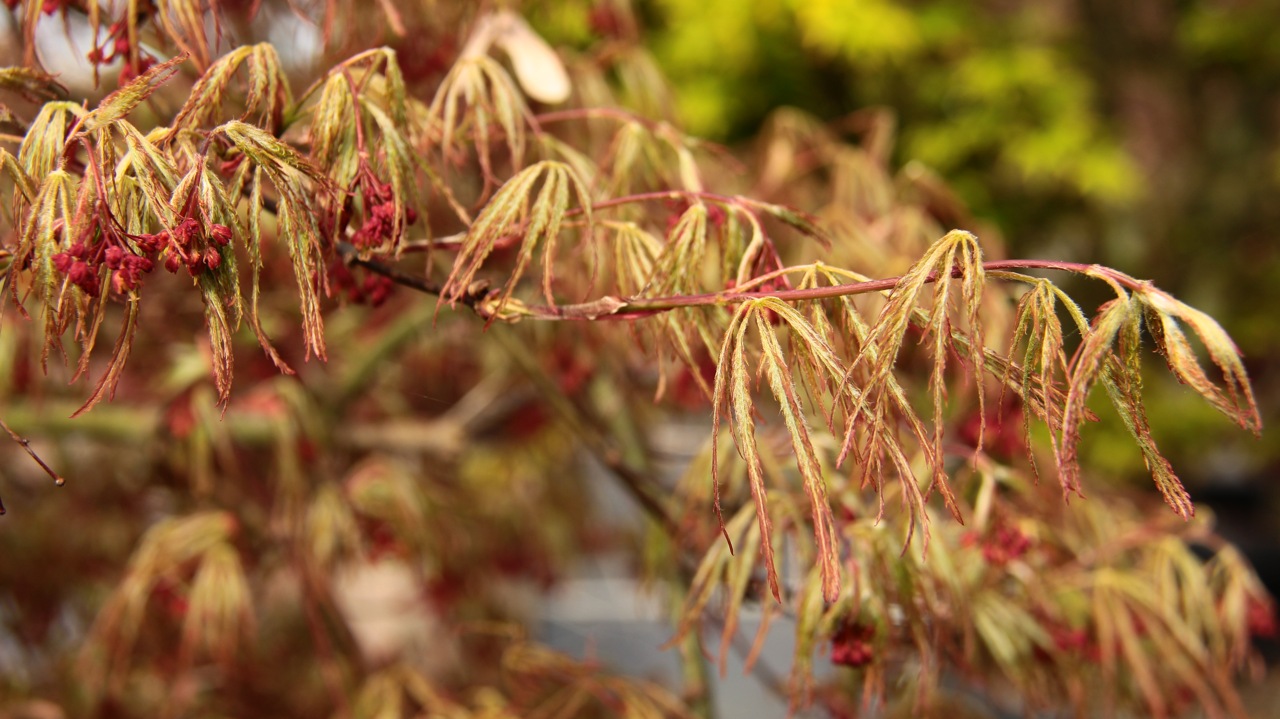
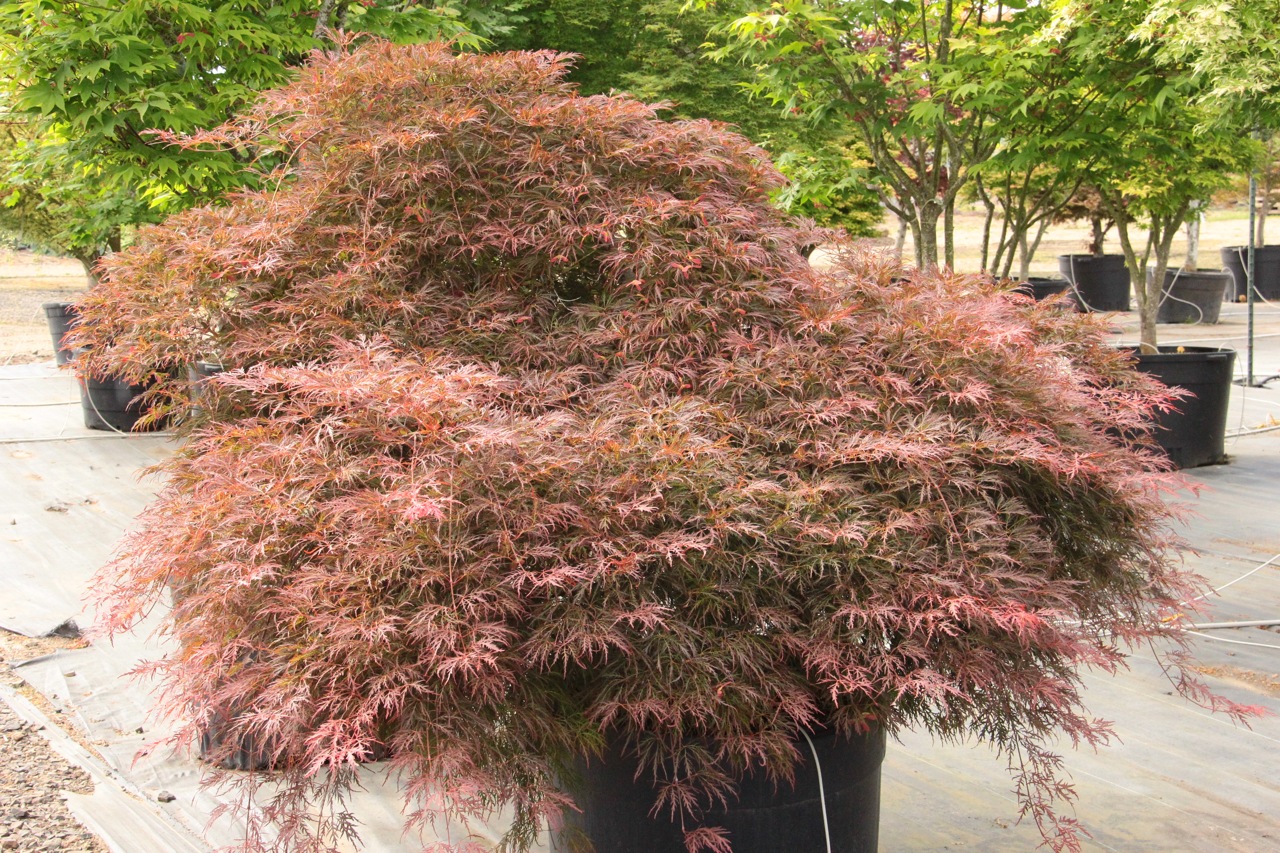
Acer palmatum ‘Jeddeloh Orange’
The foliage on this laceleaf Japanese maple starts with fiery streaks of orange and red. In summer, the leaves will turn green and burgundy and then red with orange-red margins. In the fall, ‘Jeddeloh Orange’ will turn orange, and have copper-colored twigs in the winter for extra appeal.


Laceleafs with special seasonal colors
Acer palmatum ‘Otto’s Dissectum’
This weeping, mounding, laceleaf Japanese maple develops orange-green spring-colored foliage brought on by the full sun in the summertime. By the end of summer, the leaves transition to green and then turn to bright orange in the fall.

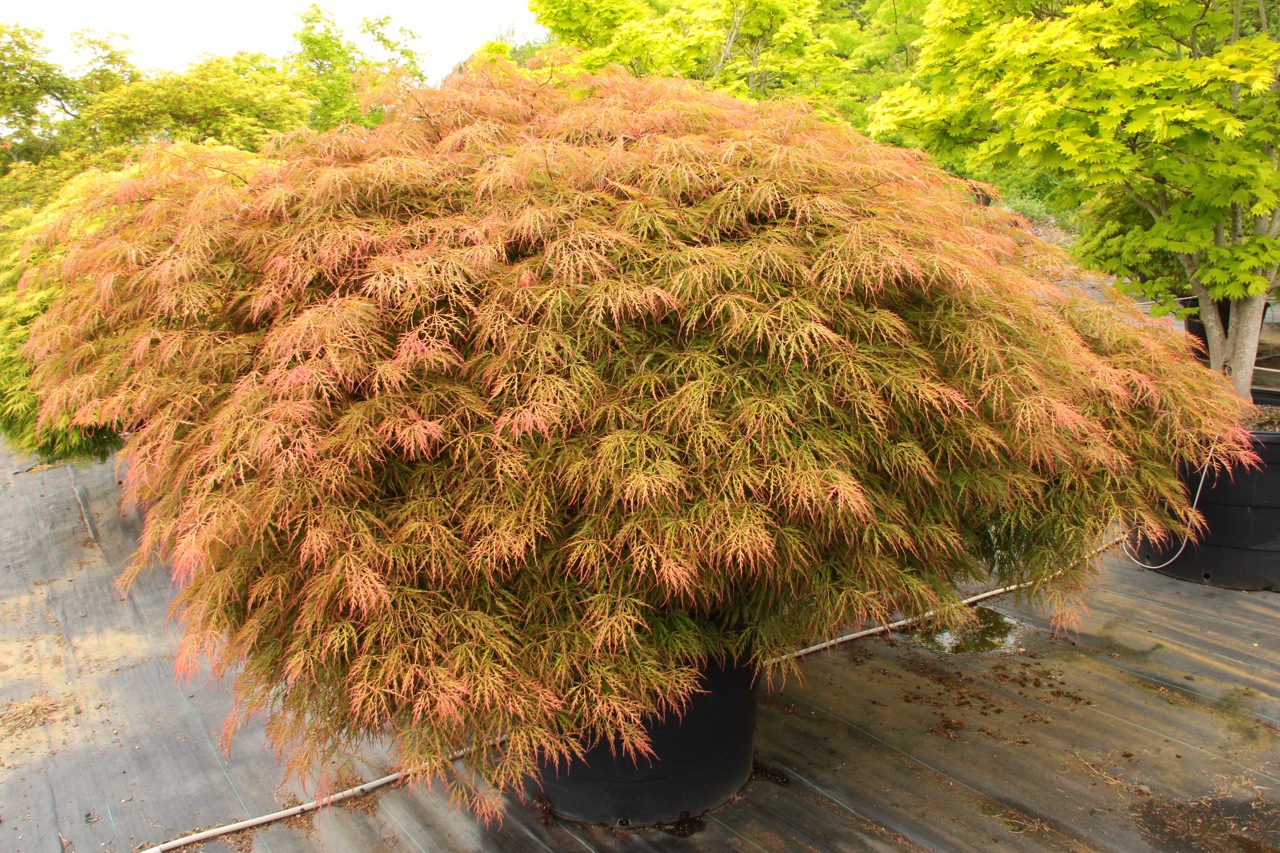
If I had to pick my favorite variety for the month of August or September in full sun for 100F+ days, it would be Baldsmith. As it gets warmer and the seasons progress this Japanese Maple truly gets more and more brilliant. It essentially glows in the late summer heat with light green at the core and blushy pink at the edges. In fall, yellow and orange tones encompass its foliage, brightening up the darkness that falls brings. These sunny colors persist into late summer and early fall.
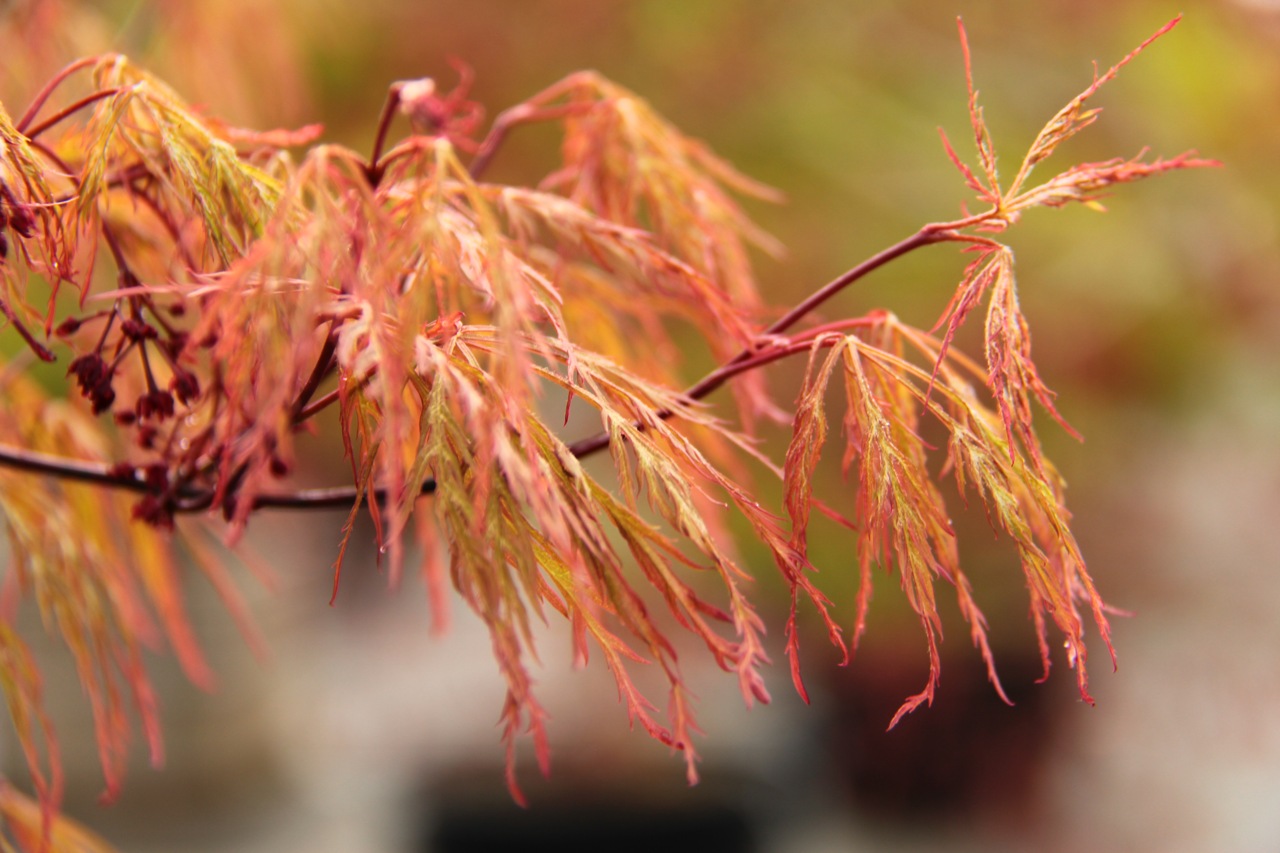

This dissected, weeping laceleaf is similar to ‘Baldsmith’. The leaves emerge as a bright pink-red in the spring, and then gradually transition to green in the summer, but just as smooth as the color disappears it reappears in late summer with green and pink leaves. Watnong foliage turns red in the fall and always has interesting colors to display in any season.
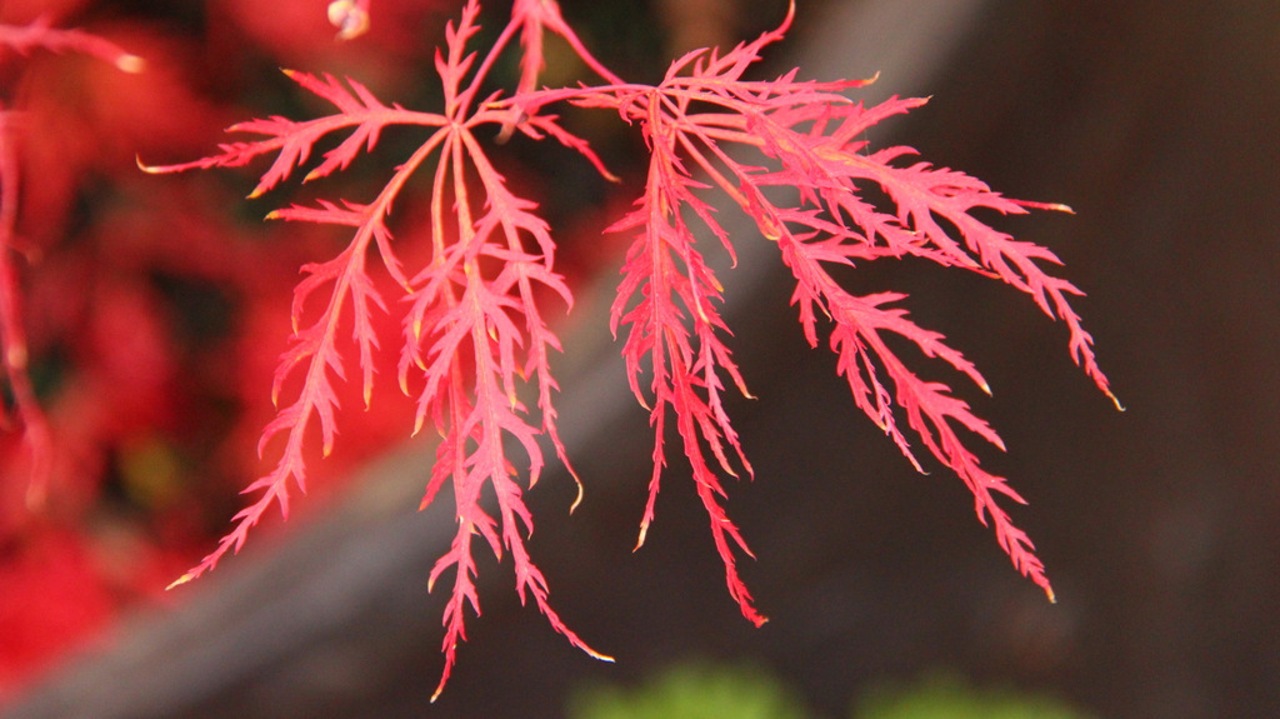
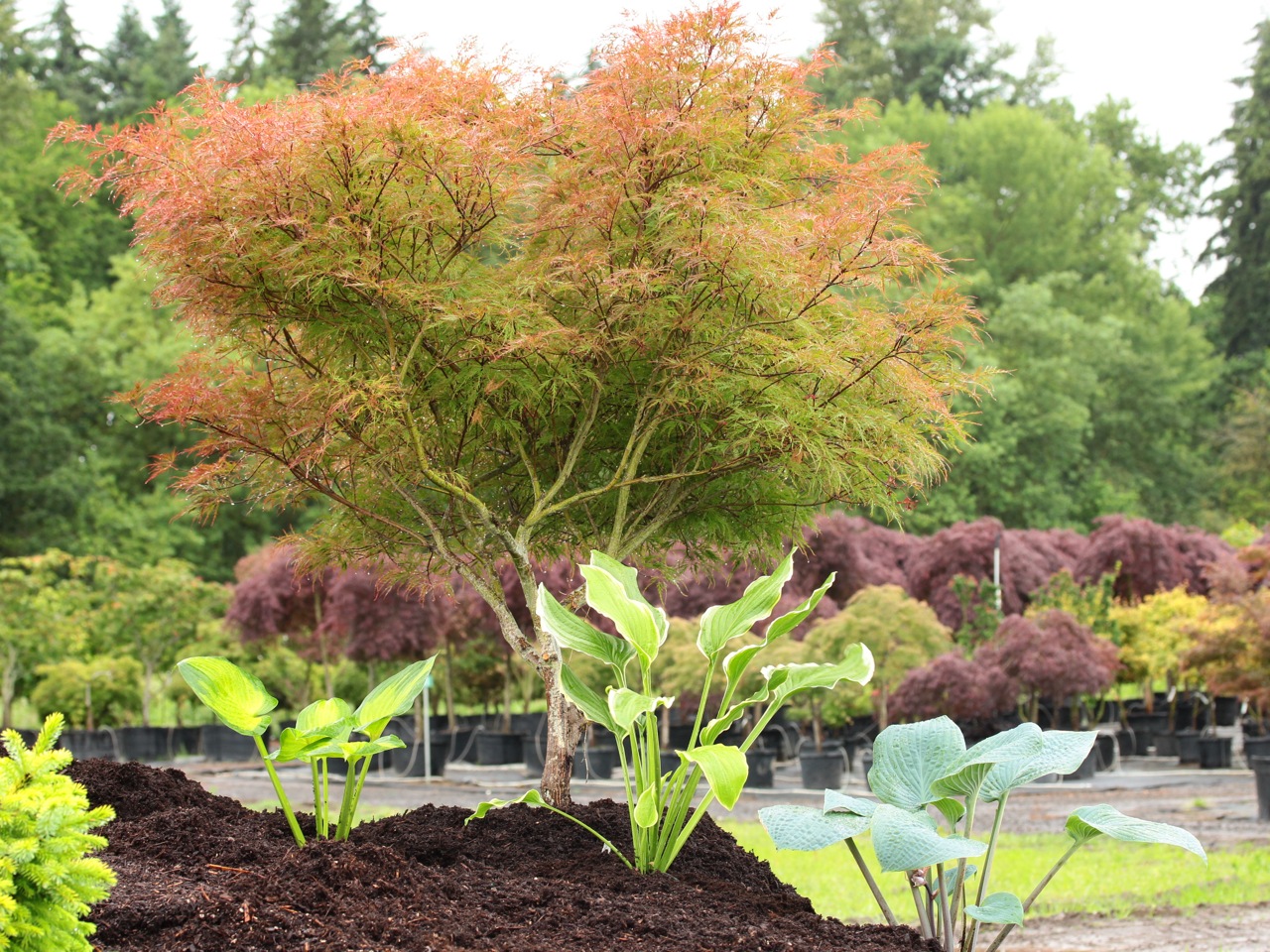
Laceleaf Varieties Where Color Is Enhanced by Shade
Acer palmatum ‘Toyama Nishiki’
This is a very ornamental dissected-leaf maple that grows best in part shade and is readily burnt by full sun exposure. This laceleaf has red-green foliage with random pink and cream variegation that differs in color saturation on each leaf.
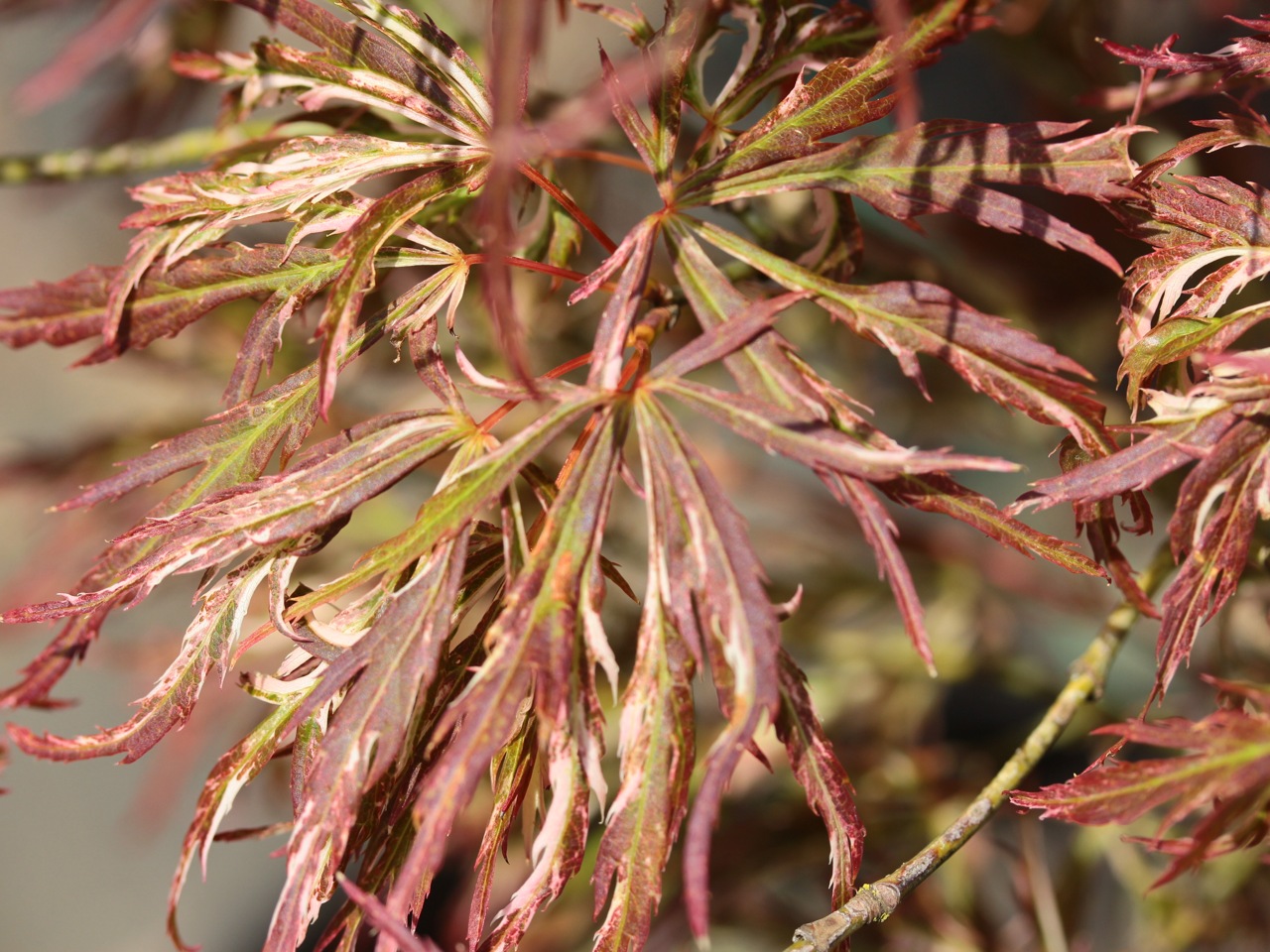
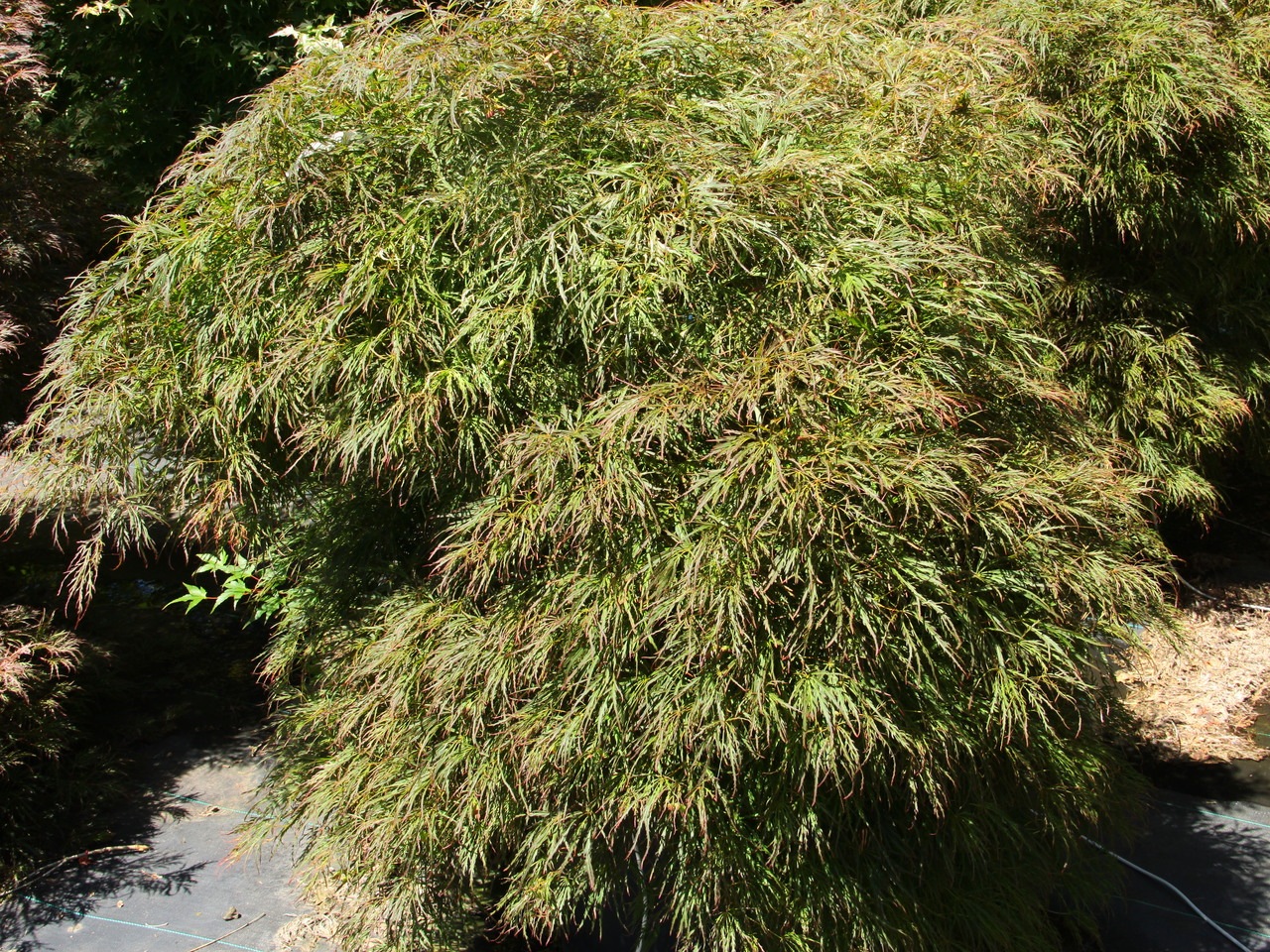
‘Baby Lace’ is probably one of the most finely dissected, delicate, small-leafed laceleafs. These slow-growing maples are so nicely textured, they add a gentle softness to a landscape. Spring brings reddish-orange foliage that changes to a bronze-green color with purple-burgundy margins in summer.
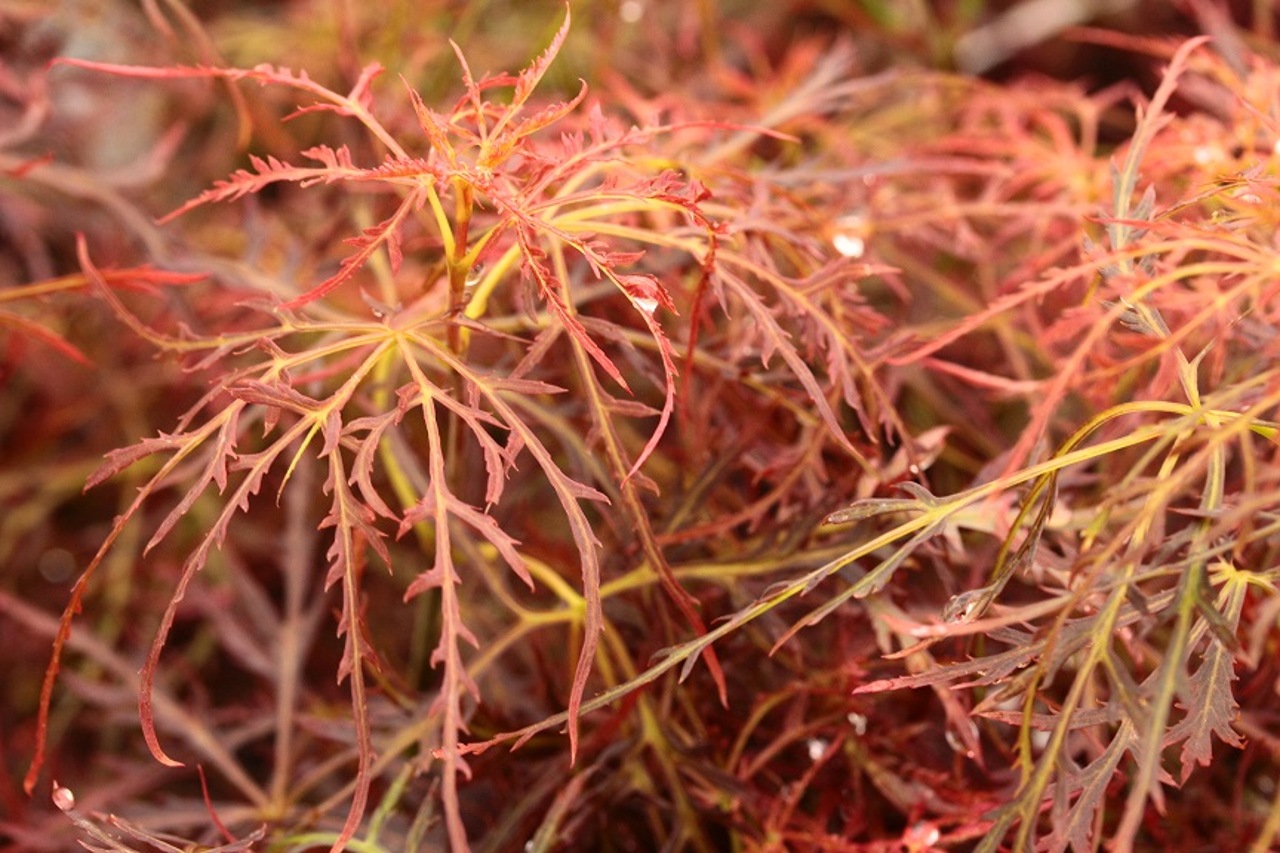
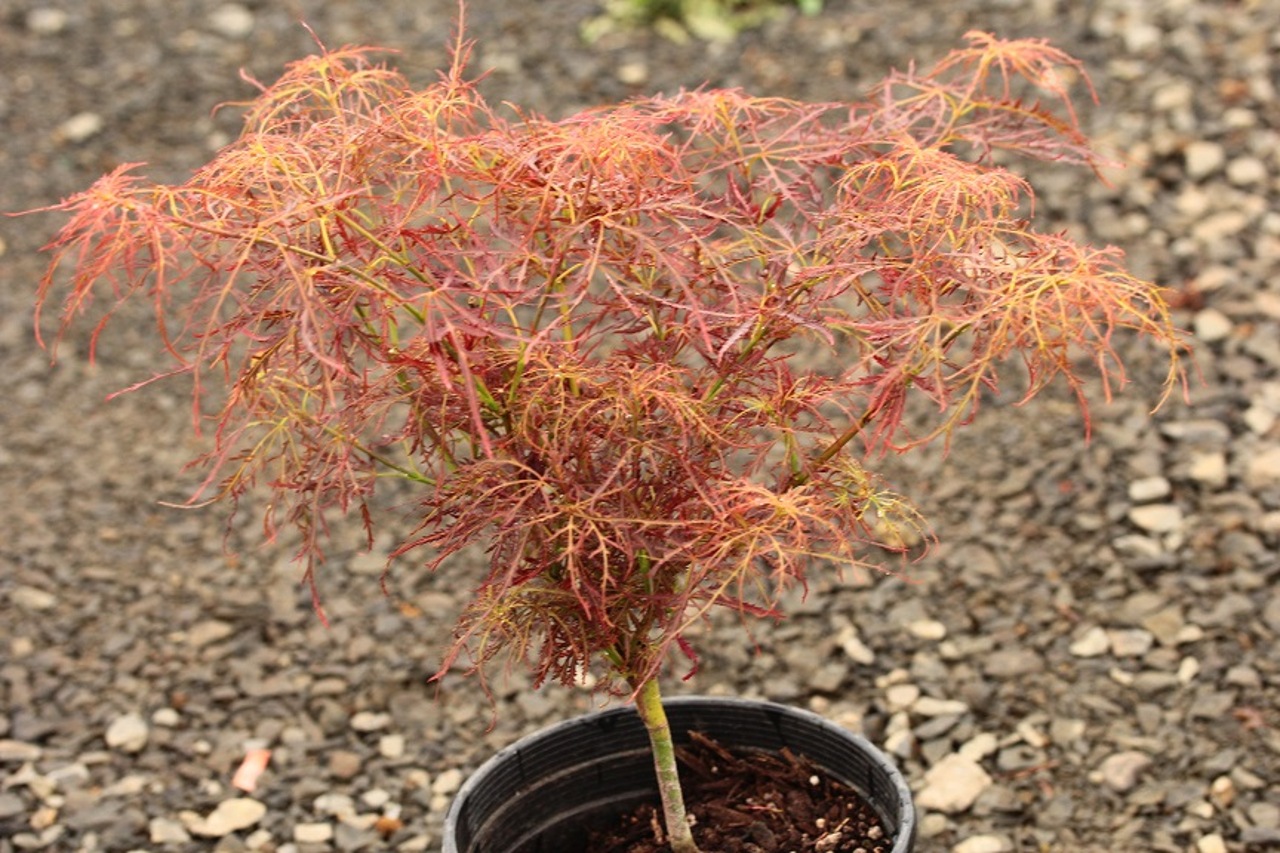
Broadleaf Weeping Japanese Maples
This is a cascading, mounding Japanese maple that is not a laceleaf. It has broad palmate leaves that are yellow-green in the spring and fully green by summer. The fall color is composed of reds and oranges. Young growth pushes upward and then weeps as it gets older. In 10 years, this maple can reach 6’ by 8’ in size.
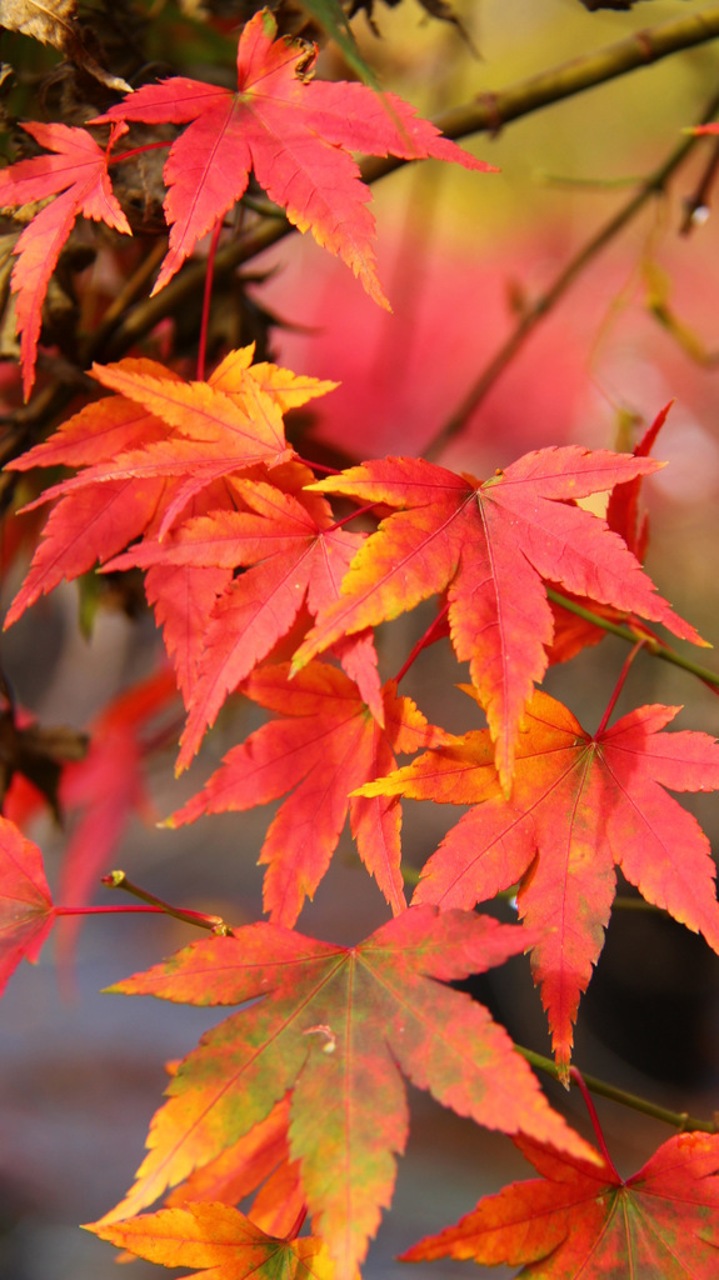
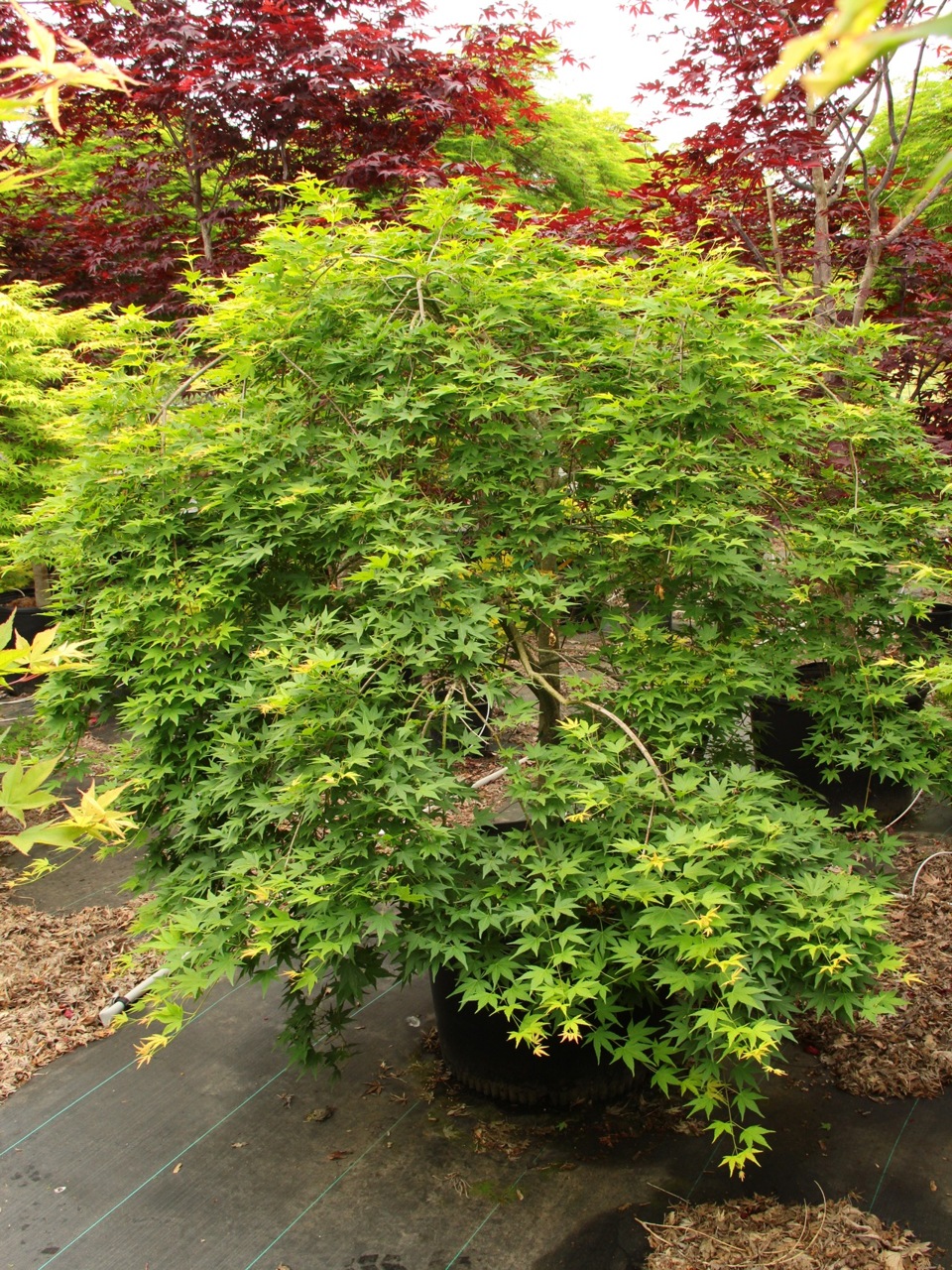
Acer palmatum ‘Ryusen’ (synonym ‘Ryusei’)
Ryusen maple leaves have 5 or 7 tips that resemble stars. They start out as bright green in the spring and summer and then turn red and orange by fall. This maple gets its name from the Japanese nurseryman Kahuzara Kobayashi. It is named Ryusen, which means flowing or falling water because of the nature of its cascading leaves and branches. Its former name by Kobayashi was Ryusei, meaning falling star, which is more representative of its star-shaped leaves.
